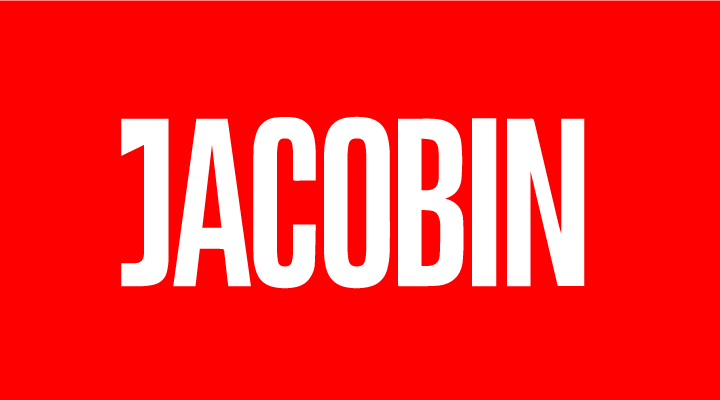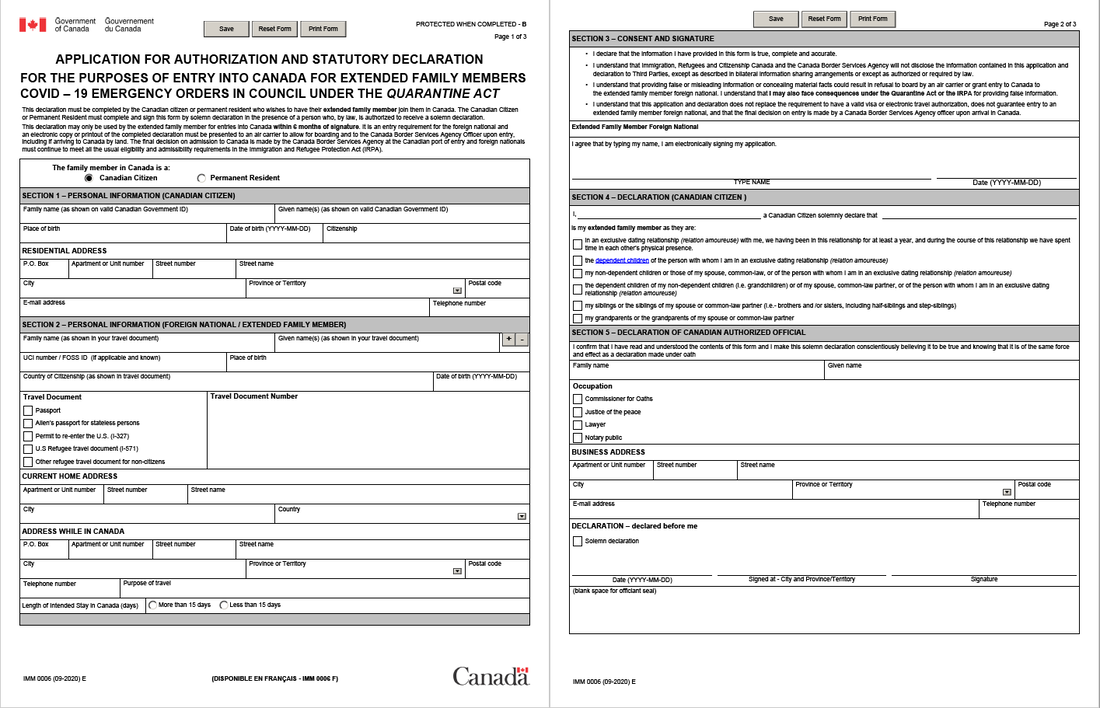

Diversity in the Legal Professionĭespite the fact that women have comprised almost half of the law school graduating class for approximately 20 years, 12 women currently represent only 36% of the legal profession.

GEORGE KUBES IMMIGRATION LAWYER HOW TO
Though applicable in both the employment and educational context, by way of example, this Article then focuses on how to identify and avoid biased feedback within legal education, by providing ten concrete strategies for faculty to employ in order to ensure accurate assessment of law students’ performance and facilitation of their ultimate success. In particular, this Article highlights the science and evidence that demonstrate feedback bias the common types of feedback-related bias and the natural discomfort with engaging in difficult conversations across gender and racial lines.

This Article first addresses how bias manifests in feedback, why it matters and how it plays out in legal education and in the workplace. This in turn fails to help diverse lawyers and law students develop the skills and competencies necessary to become successful leaders and professionals within the legal profession. 11 When providing feedback or evaluating performance, employers and educators reinforce and perpetuate bias, albeit unintentionally, within the legal profession. Though the answer is multi-faceted, a key component of the equation is feedback bias. Why black female associates are hired in greater numbers than black male associates but are promoted to partner far, far less often. Why attrition rates among women and people of color remain high, and their advancement rates so low. The legal profession needs to keep asking itself why black partners are so rare and what needs to change, at both the individual and industry levels. Melaku artfully articulates in a recent Harvard Business Review article entitled Why Women and People of Color in Law Still Hear “ You Don’t Look Like a Lawyer”: ” 7 It is clear that the legal profession is “losing the war on retention, allowing women and minorities to leave the profession because they feel unprotected and undervalued.” 8 And, as such, it is feasible that the conduct causing this flight-whether by individual lawyers or the legal institutions themselves-could give rise to disciplinary action.Īs it is therefore no secret that “the legal profession remains one of the least diverse of any profession,” 9 the critical question is simply, why? As Tsedale M. while engaged in the practice of law” and “operating or managing a law firm or law practice. conduct that manifests bias or prejudice towards others.” 6 Moreover, the new Comment 4 expands the breadth of interactions or conduct that could result in a violation, including “interacting with. The new Comment 3 to the Model Rule 8.4(g) clarifies that discriminatory conduct includes “harmful verbal.

GEORGE KUBES IMMIGRATION LAWYER PROFESSIONAL
5 The slow response to making a dramatic shift to improve diversity is particularly interesting in light of the expanded bounds of conduct that may engender a claim of professional misconduct. Resolution 109 added a new paragraph (g) to Model Rule 8.4 explicitly addressing discrimination and harassment in the black letter rule governing the professional conduct of lawyers. And in terms of diversity and inclusion, our record is poor.” 3Įven with the increased attention on bias and discrimination within the profession leading up to and after the approval by the ABA House of Delegates of Resolution 109, 4 no appreciable increases in the representation of women and diverse attorneys, especially within leadership positions, has occurred. We have few women equity partners, and fewer minority partners. Lazar, Chair of the American Bar Association (ABA) Commission on Women in the Profession, stated: “n our profession, our record. 1 The legal profession remains homogeneous, dominated by a single race and gender. Introductionĭespite widespread adoption of diversity and inclusion initiatives and increased awareness of the challenges women and people of color face in their advancement, little progress has been made in recent years with respect to diversity within the legal profession. Incorporate a Broader Group of Reviewers 8. Engage in Empathy & Perspective-Taking 7. Adopt a Growth Mindset & Avoid Empty Flattery 6. Avoid the Ambiguity Trigger (Ensure Specificity) 2. Incorporate Objectivity (Neutral Metrics) 1. Making the Visible Invisible, and the Invisible Visible. Protective Hesitation, Racial Anxiety, & Positive Feedbackīias 3.


 0 kommentar(er)
0 kommentar(er)
